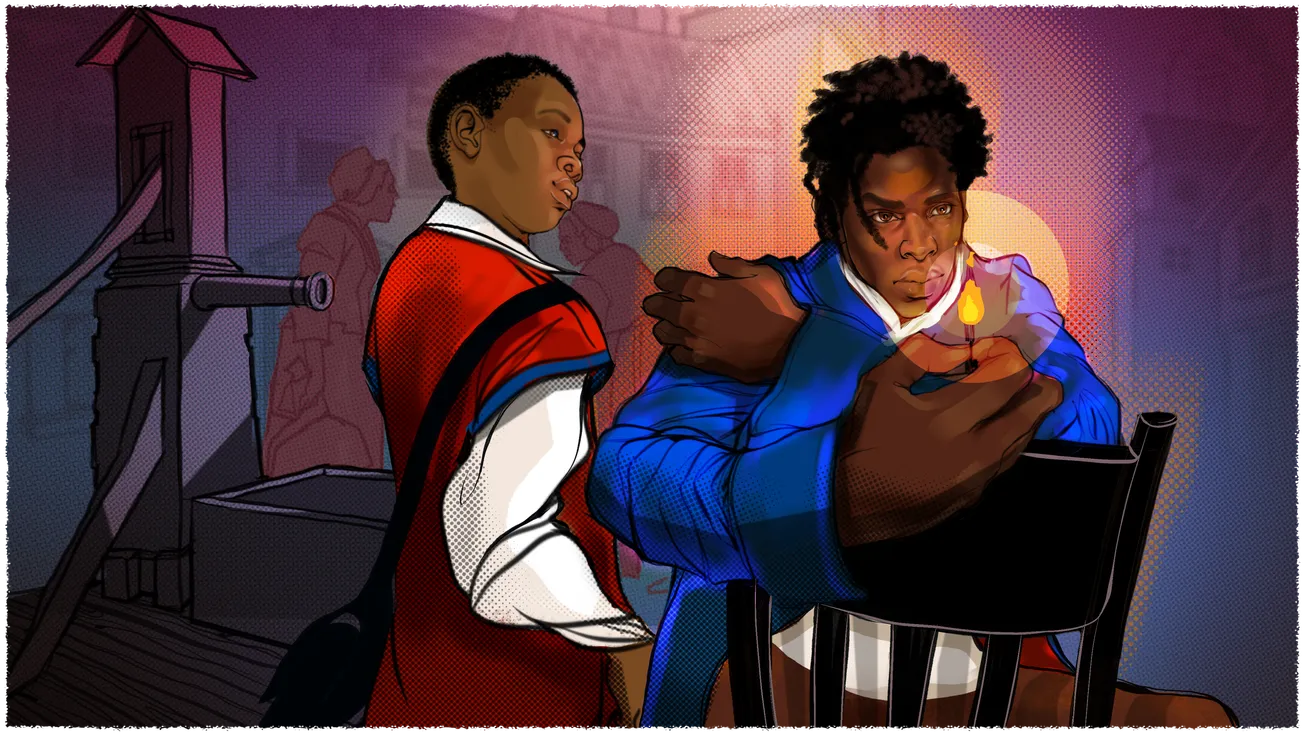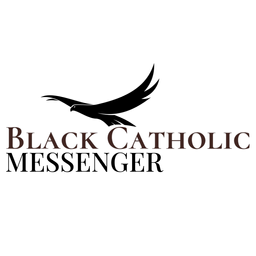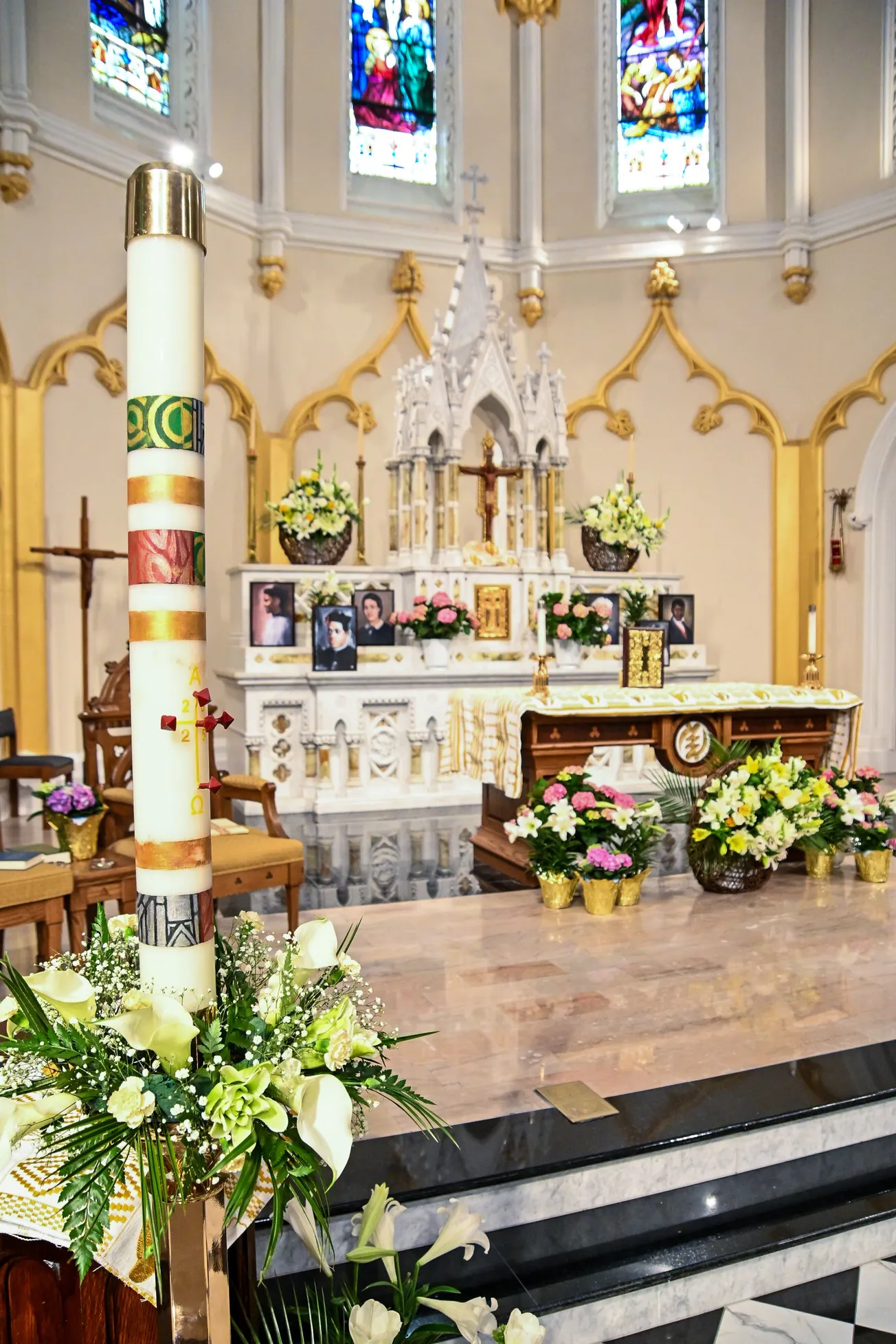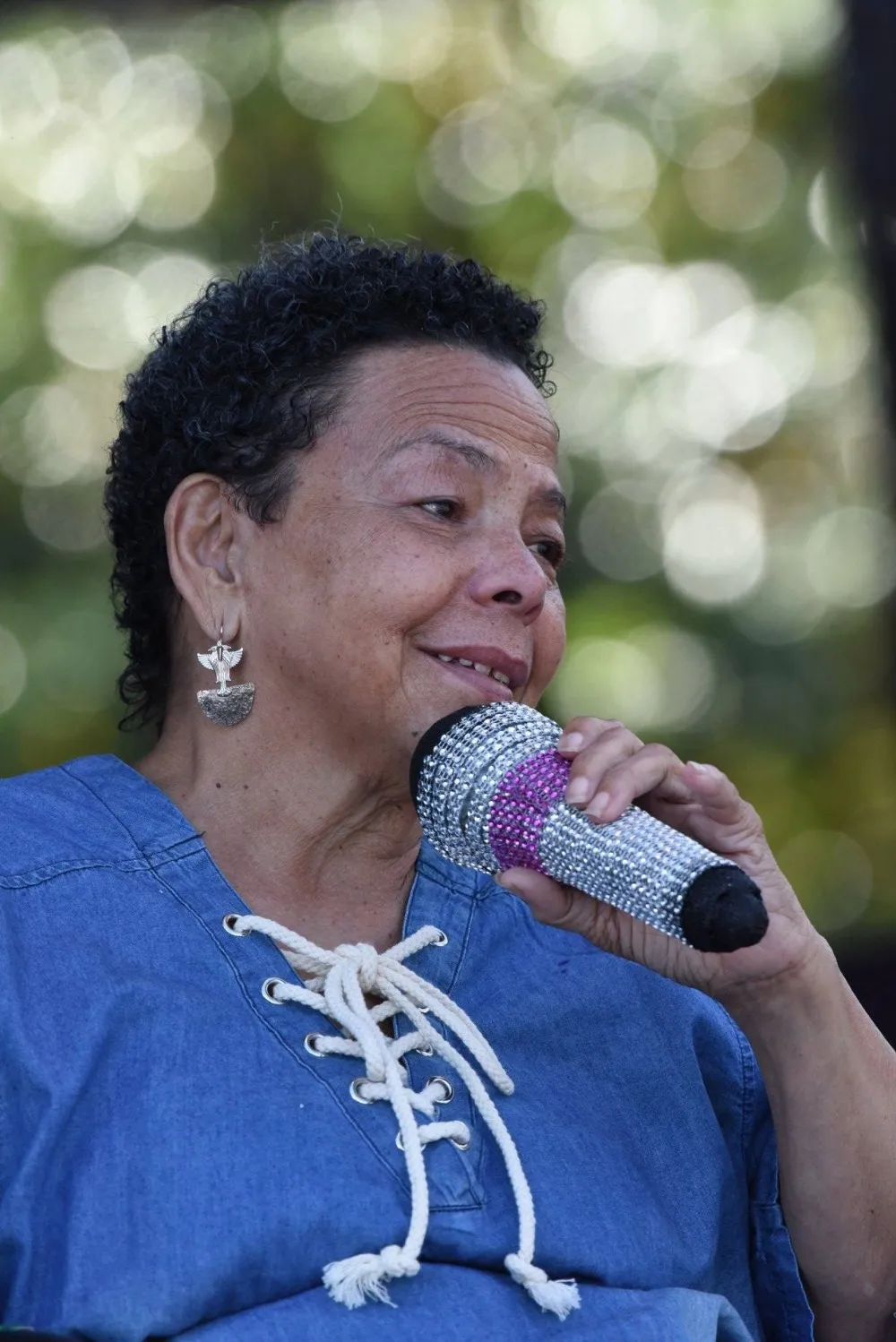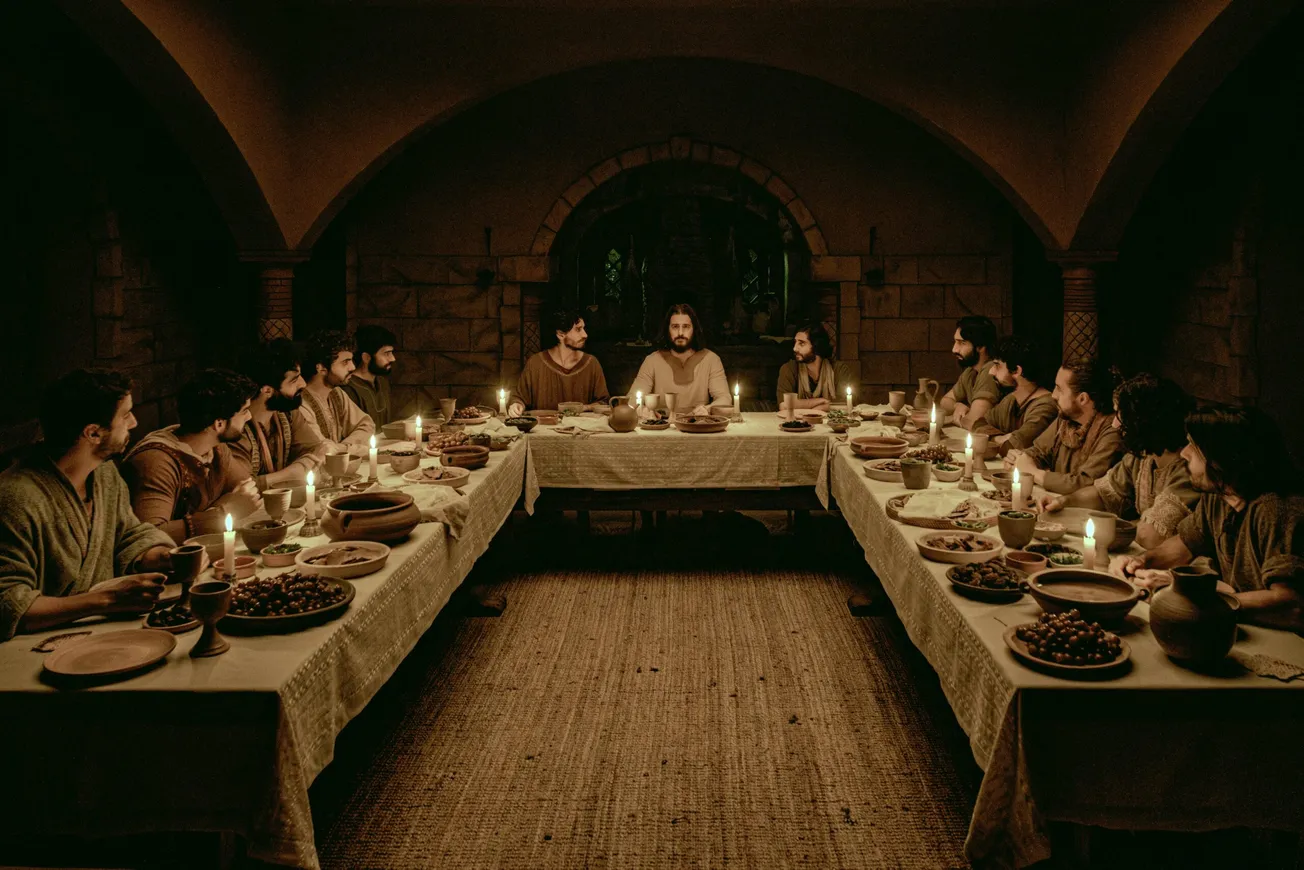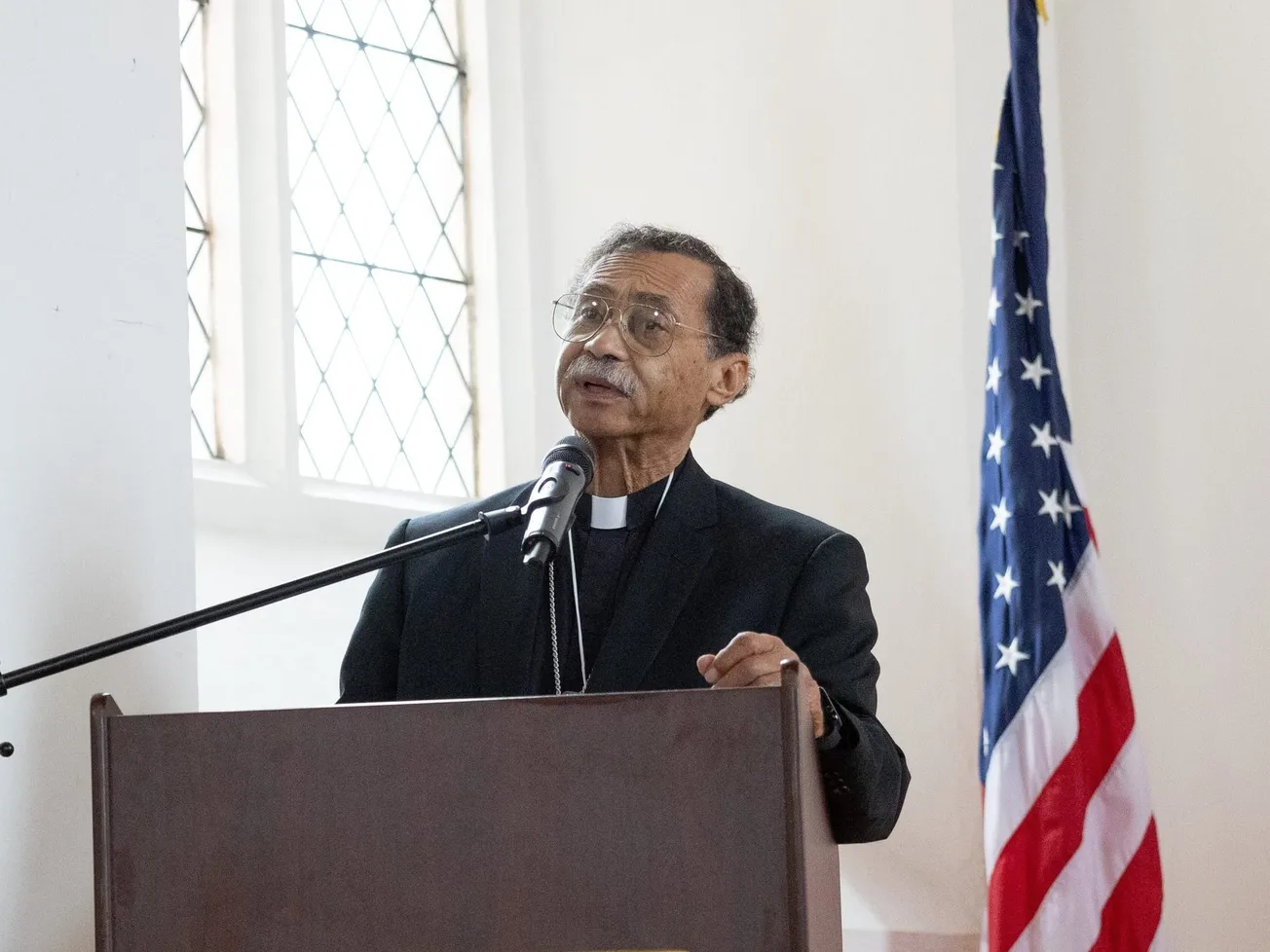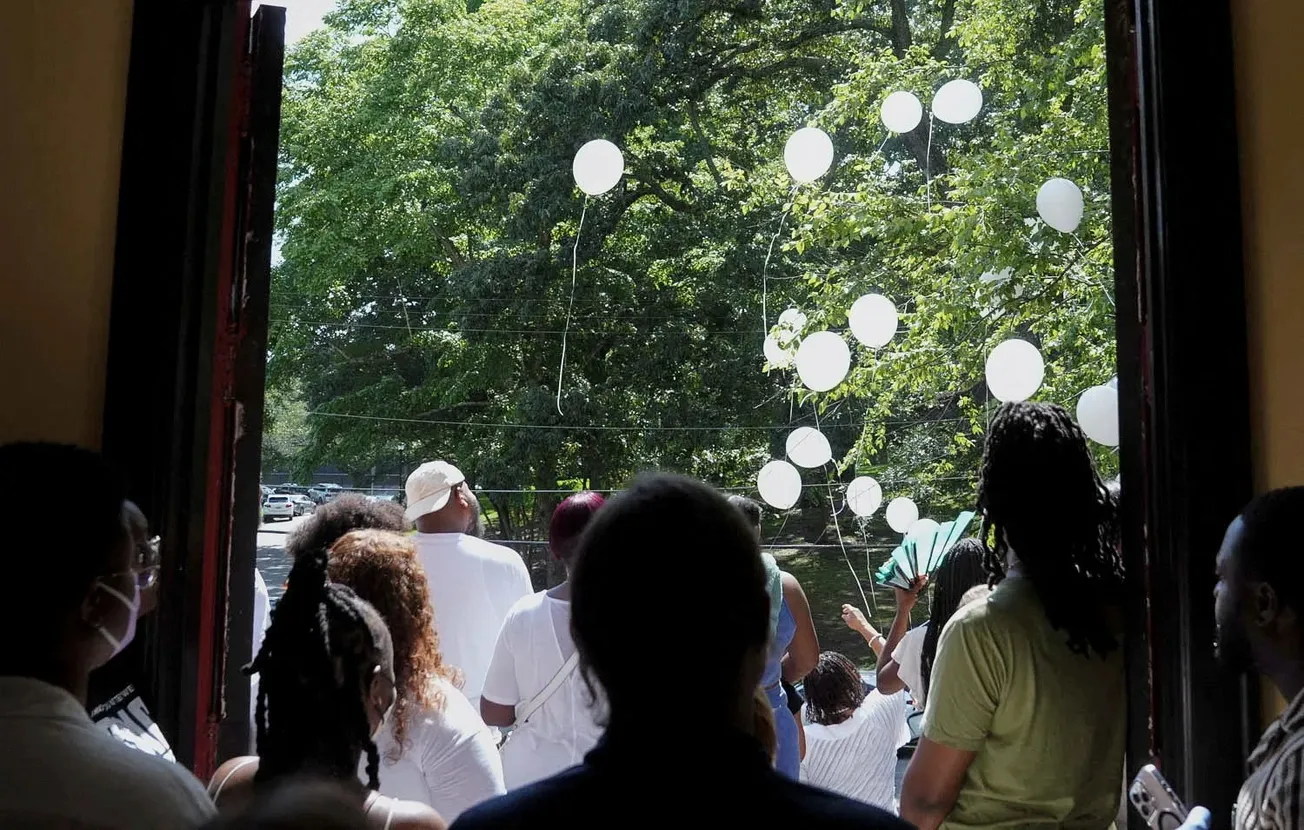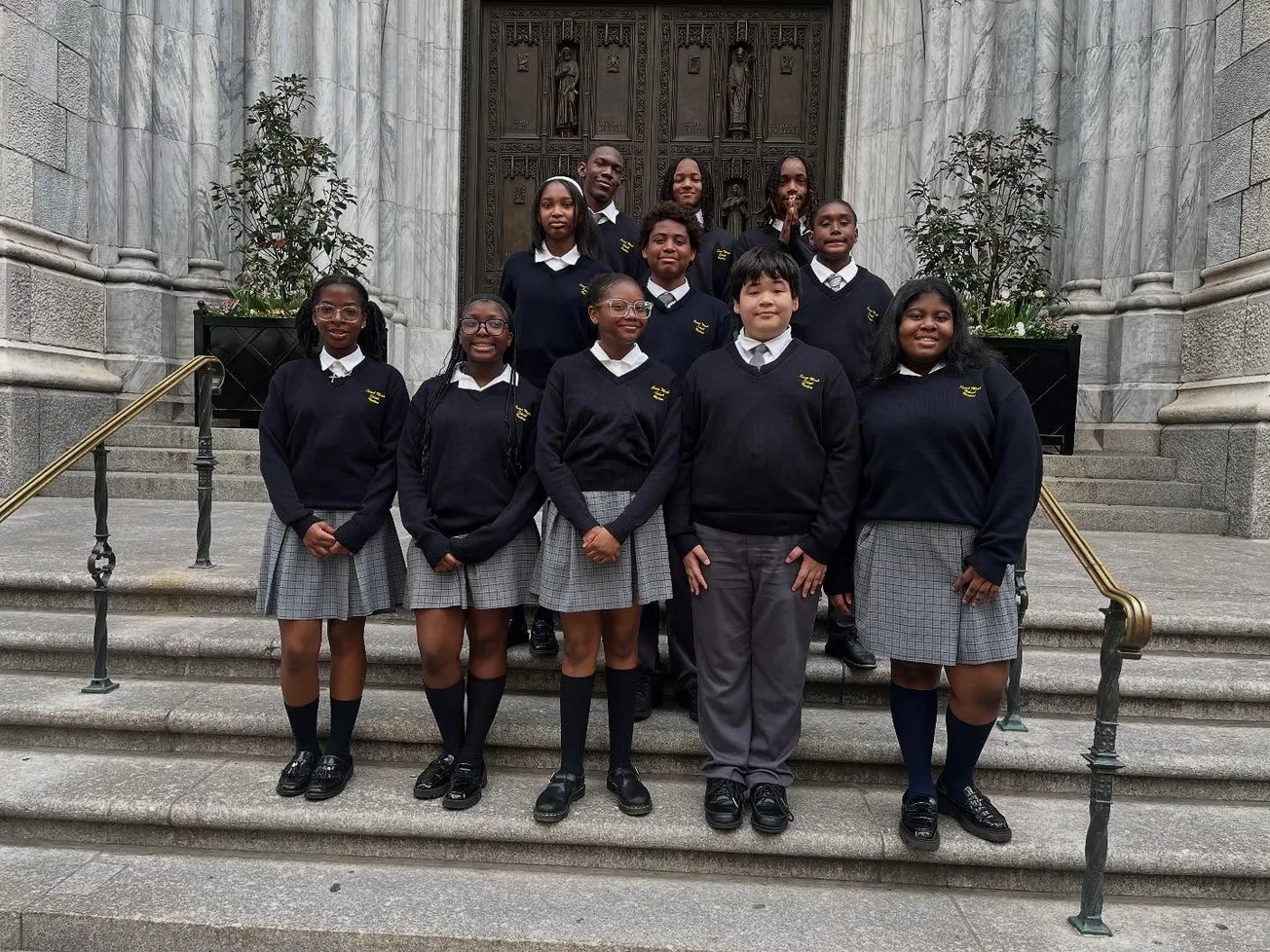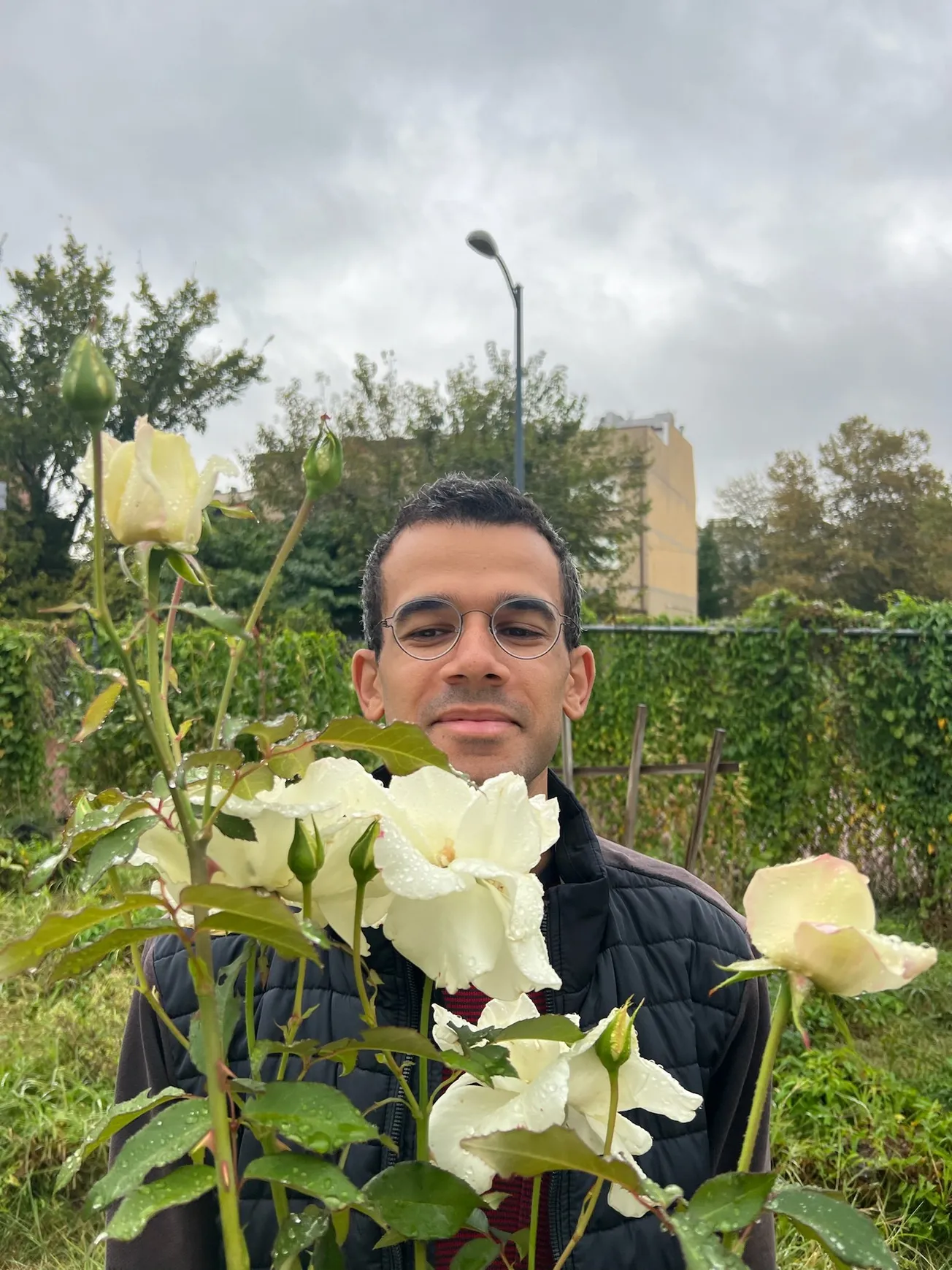A new interactive graphic novel recounts the infamous trial of a young enslaved Black man whose suspected leadership of a 1741 New York City revolt has become an item of lore in colonial American—and Black Catholic—history.
“Kofi’s Fire: A Spark of Resistance,” from Black comic book author Dr. Deirdre Hollman, design firm Blue Telescope, and the Historic Hudson Valley (HHV) nonprofit, was launched online in May. Along with Hollman, the creative vision was led by a Black team, including illustrator Velicia Gourdin, creative designer Reese Patilla, and creative director William “GoodWill” Ellis.
“The design and format provide a great apparatus for delivering the content of Kofi’s trial,” reads an early review from the National Endowment for the Humanities, which provided funding for the project in view of the 250th anniversary of the Declaration of Independence in 2026. “From start to finish, everything is high quality and engaging.”
Several years in the making, webcomic draws from real transcripts and news reports of the 18th-century show trial that led to more than 170 arrests, 91 deportations (including of purported White allies), and the execution of 30 enslaved Black men. Some of the first victims, accused of setting fire to White slaveowners’ properties in the British colony of New York, were executed on this day 283 years ago.
Kofi, also known as Cuffee, was accused of being a ringleader of the revolt, which British colonial leaders saw as a Catholic plot led by Spaniards in the pre-American South—where freedom was offered to runaway slaves. (Many of the accused in New York were in fact Catholics, sold to the Dutch and the British by Portuguese and Spanish traders in the Caribbean. Even so, those who were killed with Kofi are not recognized as martyrs by the Catholic Church.)
The criminal trial, depicted in the third chapter of “Kofi’s Fire,” features fictionalized dialogue from Kofi, whose testimony was not recorded in the colonial British court records. Though he was vouched for by his master to an extent, he was convicted and burned at the stake.
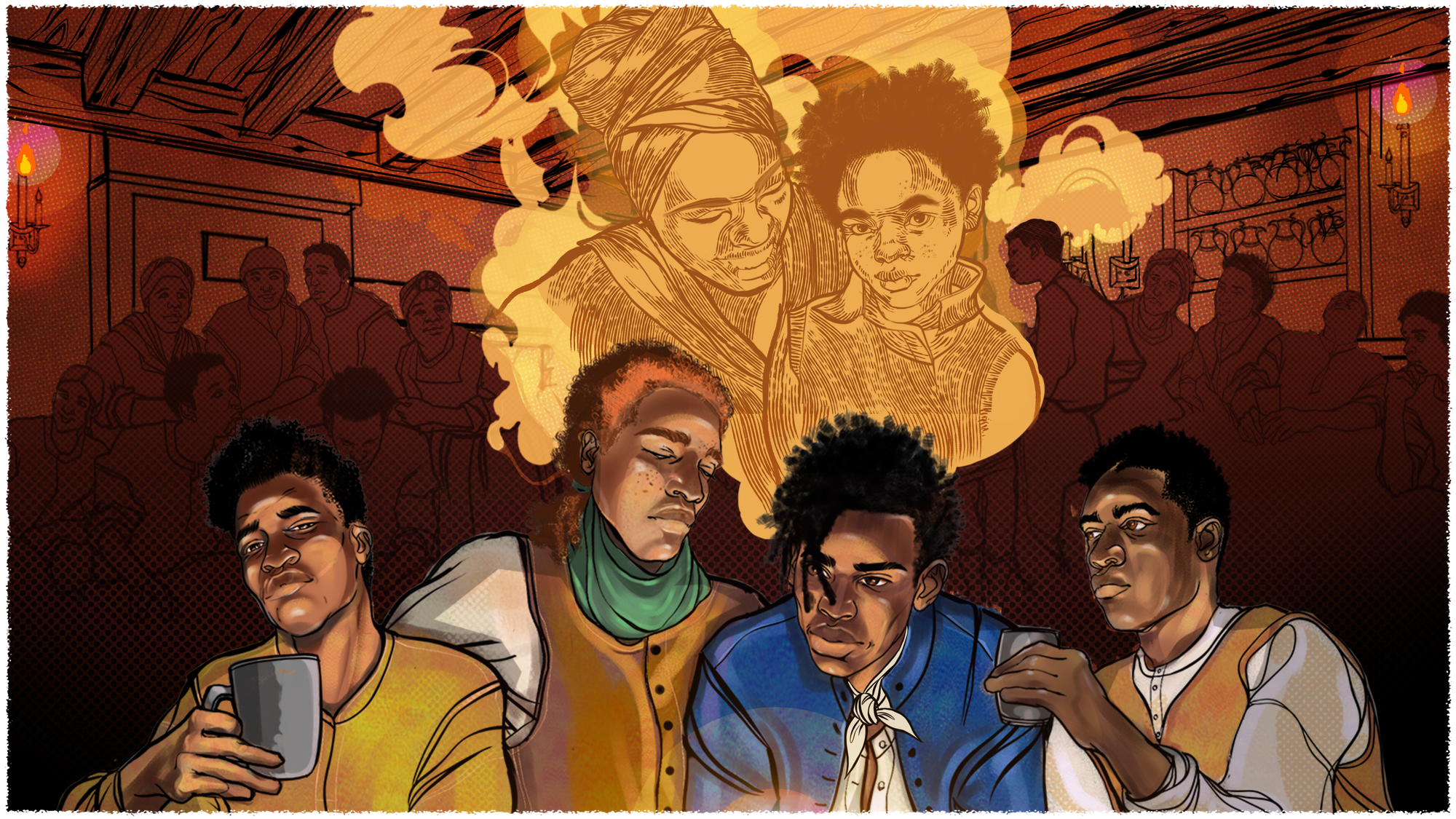
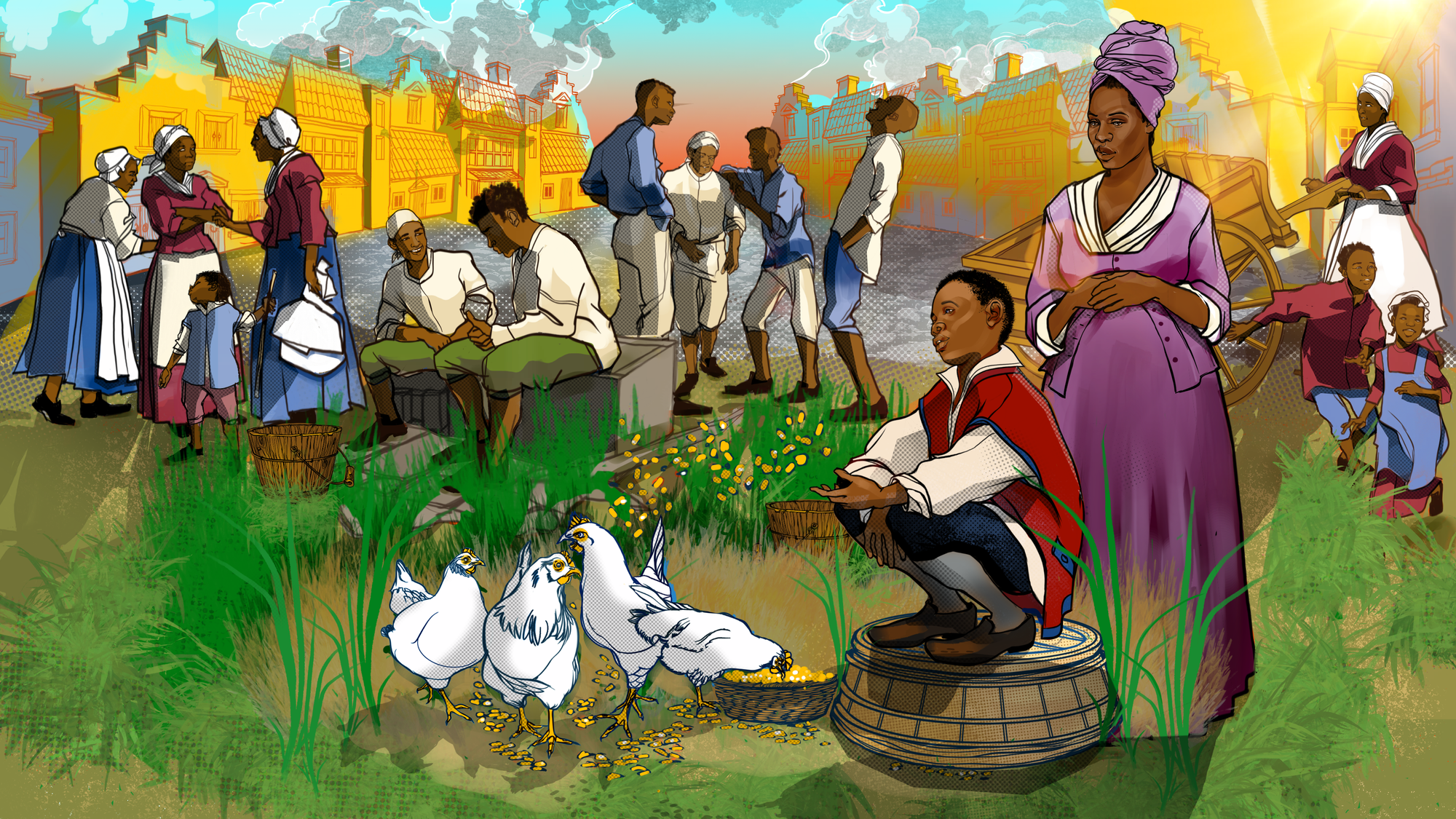
(Historic Hudson Valley)
The creators of “Kofi’s Fire” say their new project helps uncover hidden histories of Black presence in the colonial period, the intertwined narrative of race relations, and the scourge of slavery in what would become the Northern United States.
"This innovative project tackles the critical need for accessible, accurate resources about the history of slavery in our region,” said Dr. Elizabeth Bradley, vice president of programs and engagement at HHV.
“By sharing the story of Kofi and the events of the '1741 New York Conspiracy,' we aim to educate and engage a wider audience about this often-neglected chapter in our nation's past."
HHV has previously provided public resources for educators to help tell the story of northern slavery by way of the local Philipsburg Manor in Sleepy Hollow, New York, built by enslaved Africans under the ownership of the Dutch businessman Frederick Philipse I.
Kofi was one of more than 115 Africans held in bondage by his son, Adolphus. Frederick’s grandson, Frederick II, would serve as a justice in the trial that condemned Kofi and two other Philipse slaves in the aftermath of the alleged 1741 conspiracy. (Legal scholars have since condemned the verdict as a mockery, and efforts were commenced this year to posthumously disbar the prosecuting attorneys.)
“The production of Kofi’s Trial comes at a time when widely accessible, accurate digital resources about American history are more important than ever,” said HHV president Waddell W. Stillman upon the organization's NEH grant announcement in 2022.
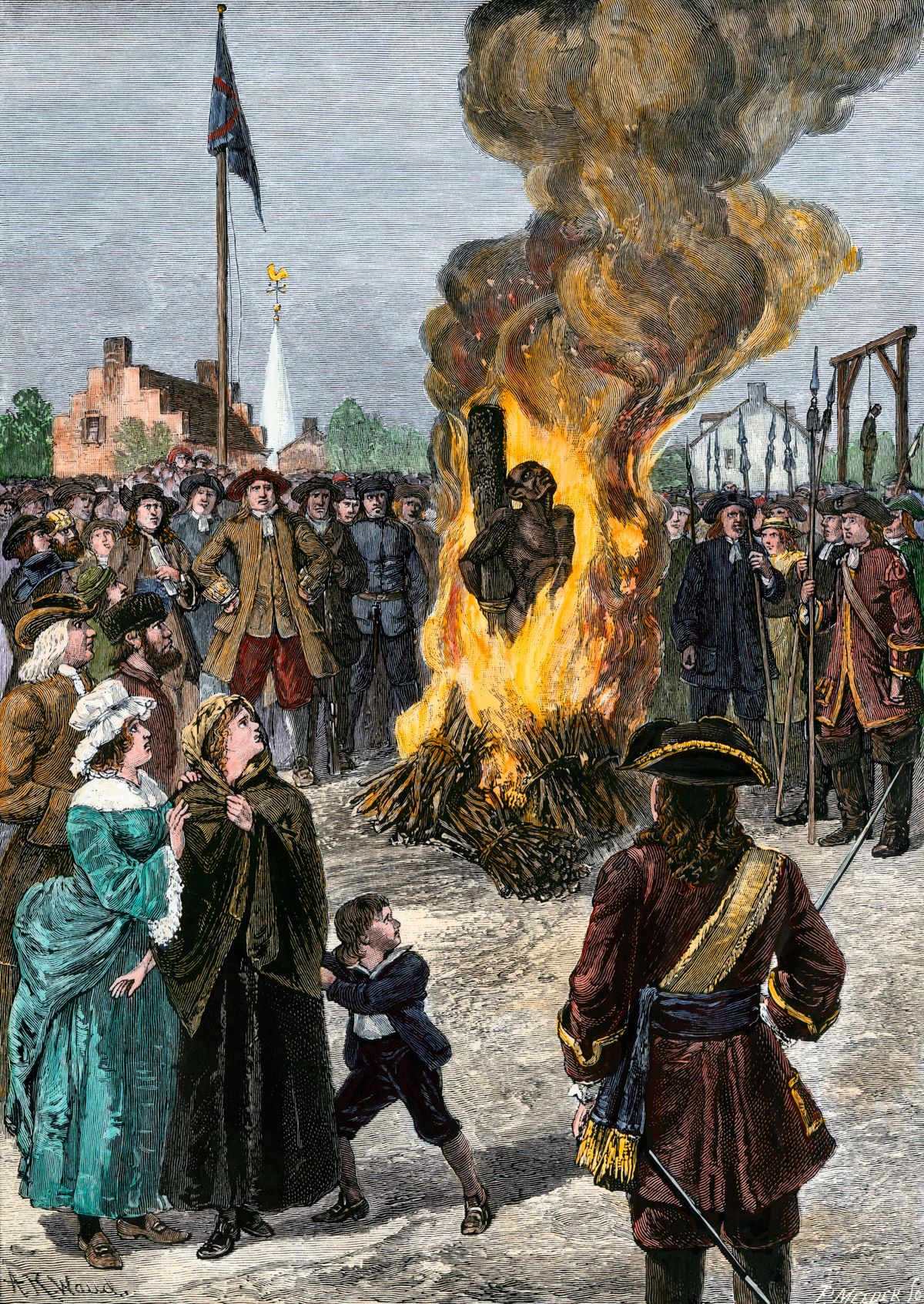
The fruit of extensive collaboration, “Kofi’s Fire” was produced with research from expert scholars in the areas of New York slavery, African-American history, and Black resistance. These include Drs. Leslie M. Harris (“Slavery in New York”), Hassan Kwame Jeffries (“Bloody Lowndes”), and Jill Lepore (“New York Burning”).
The graphic novel has already begun to garner accolades, including nine wins in the 2024 Telly Awards, announced in late May. The creative team took gold in two categories, “Virtual Events & Experiences — Immersive, Interactive, & Mixed” and “Art Direction — Immersive, Interactive, & Mixed.”
“Kofi’s Fire” can be viewed for free online on the HHV website, and will also be available for in-person access on Saturday, May 25, during the Pinkster Festival at Philipsburg Manor. The event, which celebrates Dutch and African New Yorker heritage, will feature art, music, storytelling, and more, beginning at 11am ET.
Nate Tinner-Williams is co-founder and editor of Black Catholic Messenger.


